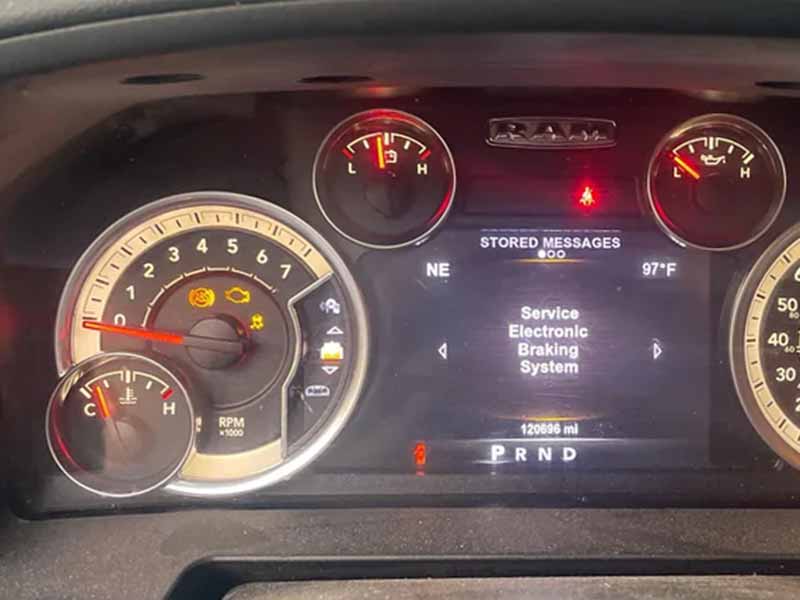Ever been cruising down the road only to see your car’s traction control light suddenly flick on? That little light might seem harmless, but ignoring it could put you and your vehicle at risk. Let’s dive into what that pesky light really means and how to take control of the situation.
Why Is My Traction Control Light On?
The traction control light comes on to indicate either that the system is actively working to maintain grip or that there’s a problem requiring your attention. If the light stays on, it’s crucial to diagnose and fix the issue to ensure safe driving.
In this article, we’ll explore what the traction control light means, common reasons it stays on, and what to do if both it and the check engine light illuminate. We’ll also discuss whether it’s safe to drive with the light on, how to reset it, how to fix it, and when it’s okay to manually turn it off.
Let’s take a closer look.
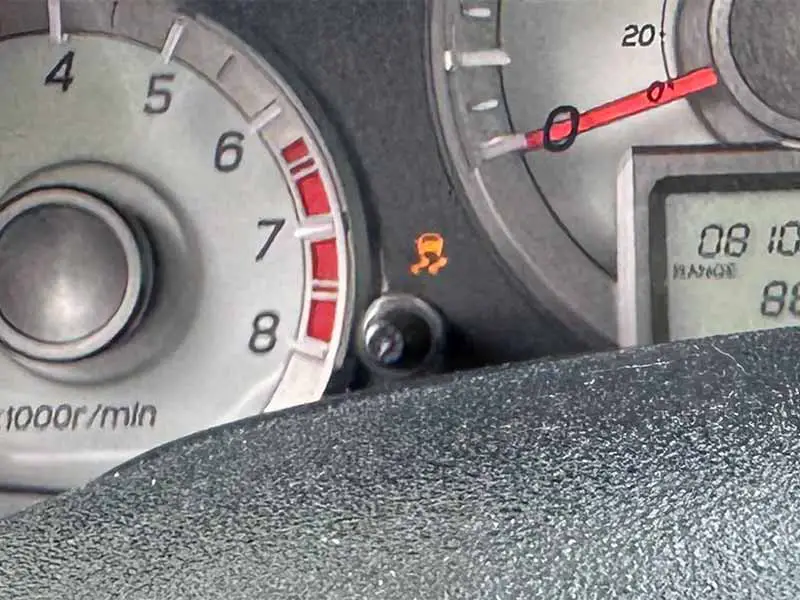
What Does the Traction Control Light Mean?
Traction control is a safety feature in your car that helps you maintain control when you’re driving on slippery or uneven roads. It works by adjusting the power to your wheels to make sure they don’t spin out of control. When the traction control system is working properly, it helps you steer and brake safely.
Why the Light Comes On
The traction control light is a warning indicator on your dashboard. It lights up to tell you that either:
- The System is Active: This means the system is currently working to maintain traction. The light will usually go off once the car regains stability.
- There’s a Problem: If the light stays on, it means there’s an issue with the system that needs your attention.
Importance of the Light
Understanding what the traction control light means is crucial for your safety and the well-being of your vehicle. Here’s why:
- Safety: A malfunctioning traction control system can make your vehicle hard to control in challenging driving conditions like rain, snow, or gravel.
- Vehicle Health: Ignoring the light could lead to other problems in the car, affecting not just the tires but also the braking system and engine.
Types of Issues Indicated
The light could indicate various types of issues, such as:
- Sensor Malfunction: The system uses sensors to monitor wheel speed. A faulty sensor can give incorrect data.
- Software Issues: Sometimes, the computer that controls the system might have a glitch.
- Mechanical Problems: Worn-out tires, or issues with other parts like brakes, can also trigger the light.
What to Do Next
If your traction control light stays on, it’s a sign you should take action. Here are some immediate steps:
- Check the Road Conditions: If you’re on a slippery road, the light might just be telling you the system is active. It should go off when conditions improve.
- Pull Over Safely: If the light stays on, find a safe place to pull over and inspect your vehicle.
- Consult the Manual: Your car’s manual will have specific instructions on what to do when the light stays on.
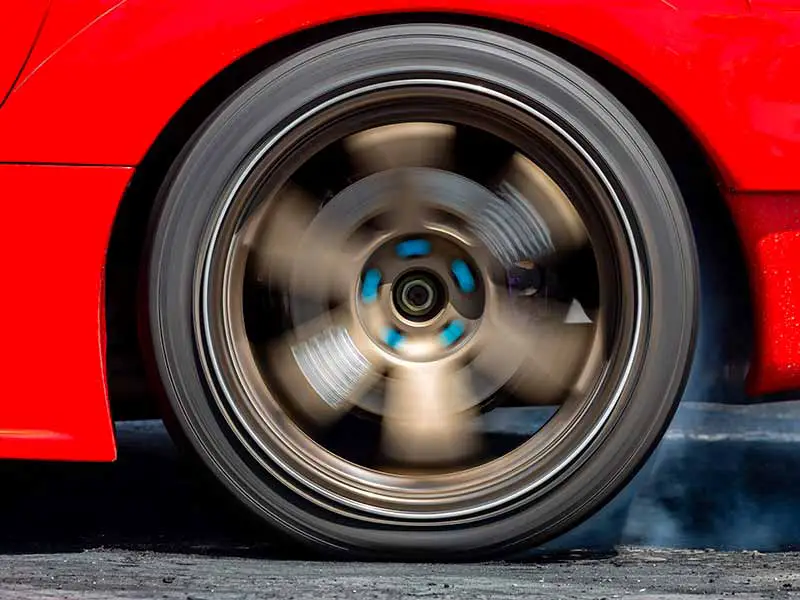
Common Reasons Why the Traction Control Light Stays On
When the traction control light stays on, it’s a sign that something isn’t working as it should. This section will help you understand the most common reasons why this happens.
Sensor-Related Issues
What are Sensors?
Sensors in your car keep track of how fast your wheels are turning. They send this information to the car’s computer, which then decides if the traction control system needs to step in.
Why Sensors Matter
- Accurate Data: For the system to work well, it needs accurate data from the sensors.
- Faulty Sensors: If a sensor is broken or giving wrong information, the light will stay on.
Software Glitches
What is a Software Glitch?
Sometimes the computer in your car might have a small error or glitch. This can make the traction control light stay on even when there’s no real issue.
How to Spot a Glitch
- Intermittent Light: The light turns on and off without any clear reason.
- No Other Warning Signs: Your car drives fine, and there are no other warning lights on the dashboard.
Mechanical Problems
Types of Mechanical Issues
Mechanical problems can also cause the light to stay on. These could include:
- Worn-out tires
- Problems with the brakes
- Issues with the car’s suspension
Why Mechanical Problems are Serious
- Safety Risk: Bad tires or brakes can make driving dangerous.
- Expensive Repairs: Ignoring these issues can lead to costly fixes later on.
Environmental Factors
Weather and Road Conditions
Sometimes the light might stay on due to external factors like:
- Slippery roads due to rain or snow
- Gravel or uneven road surfaces
How to Respond
- Drive Carefully: Slow down and drive with extra caution.
- Wait: Sometimes the light will go off once road conditions improve.
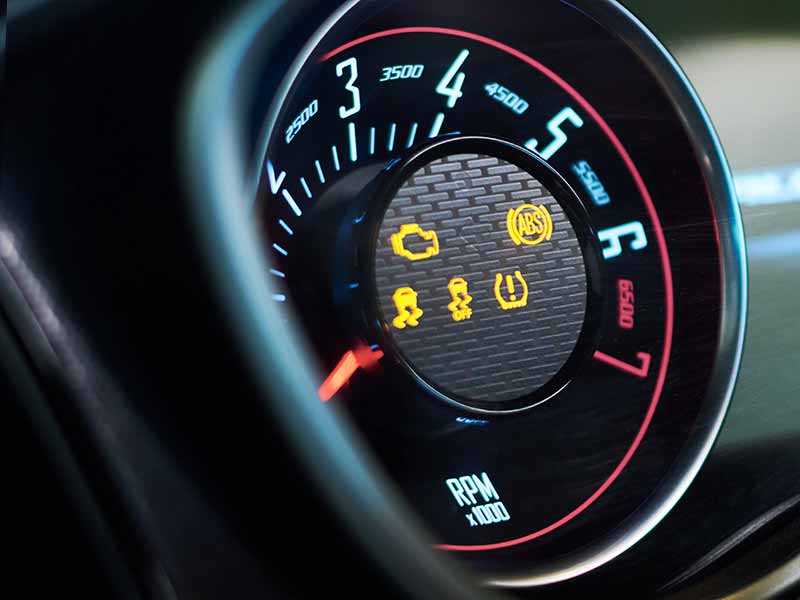
Why Both Traction Control Light and Check Engine Light Are On
When both the traction control light and the check engine light are on, it’s a signal that your car needs immediate attention. This section will help you understand why both lights might be on and what you should do about it.
Connection Between the Two Systems
How They’re Linked
The traction control system and the engine are both managed by your car’s computer. When one system has a problem, it can sometimes affect the other.
Why It’s a Concern
- Multiple Issues: Having both lights on usually means there are multiple issues with your car.
- Immediate Attention Needed: This is not a situation to ignore; it’s crucial to address it as soon as possible.
Common Reasons for Both Lights Being On
Sensor Issues
- Shared Sensors: Some sensors are used by both the engine and the traction control system.
- Faulty Sensor: A single faulty sensor can trigger both lights.
Electrical Problems
- Wiring Issues: Damaged or frayed wiring can affect both systems.
- Battery Voltage: Low battery voltage might not provide enough power for the systems to function properly.
Mechanical Failures
- Engine Problems: Issues like a misfiring engine can affect the car’s stability, triggering the traction control light.
- Brake System: Problems with the brake system can also cause both lights to come on.
What to Do When Both Lights Are On
- Stop Safely: Find a safe place to pull over immediately.
- Check the Manual: Your car’s manual will have troubleshooting tips for this situation.
- Call for Assistance: If you’re not sure what to do, it’s best to call for roadside assistance or take your car to a mechanic.
- Run a Diagnostic Test: A professional diagnostic test can identify the exact issues affecting both systems.

Can You Drive With the Traction Control Light On?
When the traction control light is on, you might wonder if it’s safe to keep driving. This section will help you understand the risks and what you should do.
Short-Term vs. Long-Term Risks
Immediate Concerns
- Loss of Control: The traction control system helps you steer and brake safely. If it’s not working, you could lose control of your car.
- Jerky Movements: You might notice that your car starts to jerk or feel unstable, especially on wet or icy roads.
Long-Term Risks
- Wear and Tear: Driving with a malfunctioning system can put extra stress on your tires and brakes.
- Potential for Accidents: The longer you ignore the light, the higher the risk of getting into an accident.
When It’s Absolutely Necessary to Drive
Short Distances
- Close to Home: If you’re very close to home or a mechanic, you might decide to proceed cautiously.
Emergency Situations
- No Other Option: In some cases, you might have no choice but to drive a short distance with the light on.
Steps to Take If You Must Drive
- Drive Slowly: Reduce your speed and avoid sudden movements.
- Avoid Slippery Roads: Try to stay on dry, even surfaces.
- Use Engine Brake: Instead of using your foot brake, downshift to slow down the car. This can help maintain better control.
- Get to a Safe Location: Your priority should be to get to a place where you can safely assess the situation or call for help.
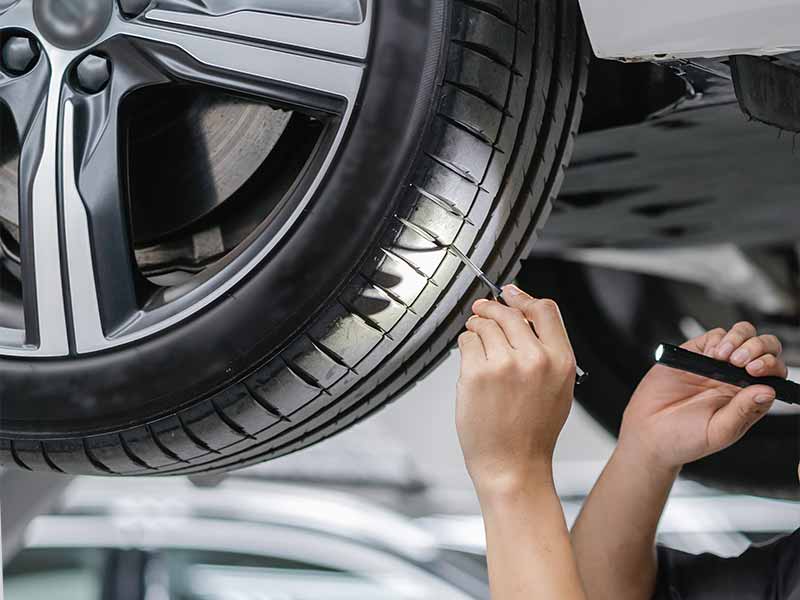
How to Reset the Traction Control Light
If your traction control light is on, resetting it might solve the issue. However, it’s essential to understand that resetting the light doesn’t fix underlying problems. This section will guide you through the steps to reset the light.
Preliminary Checks Before Resetting
Check the Owner’s Manual
- Instructions: Your car’s manual will have specific guidelines on resetting the traction control light.
- Warnings: The manual may also have warnings or cautions you should be aware of.
Inspect the Car
- Tires: Make sure they are in good condition and properly inflated.
- Brakes: Check for any obvious issues like worn brake pads.
Steps to Reset the Traction Control Light
Method 1: Turn the Car On and Off
- Turn Off the Engine: Safely park your car and turn off the engine.
- Wait: Wait for about 30 seconds to a minute.
- Restart the Car: Turn the engine back on to see if the light has gone off.
Method 2: Use the Traction Control Button
- Find the Button: Locate the traction control button, usually marked with a car skidding symbol.
- Press and Hold: Press and hold the button for a few seconds.
- Check the Light: See if the light turns off.
Method 3: Disconnect the Battery
- Turn Off the Engine: Make sure the car is off.
- Disconnect the Battery: Remove the negative battery terminal.
- Wait and Reconnect: Wait for about 15 minutes and then reconnect the battery.
When to See a Mechanic
- Persistent Light: If the light comes back on after resetting, it’s a sign of a deeper issue.
- Other Warning Lights: If other lights are on, such as the check engine light, consult a mechanic immediately.

How to Fix the Traction Control Light
Resetting the traction control light is a temporary measure. To ensure your car is safe and functioning correctly, you’ll need to fix the underlying issue. This section will guide you through some DIY fixes and when it’s time to see a mechanic.
DIY Fixes for the Traction Control Light
Check Tire Pressure
- Importance: Proper tire pressure is crucial for the traction control system to work effectively.
- How to Check: Use a tire pressure gauge to measure the pressure in each tire and compare it to the recommended levels in your owner’s manual.
Inspect the Sensors
- Location: Sensors are usually located near the wheels.
- Cleaning: Sometimes, dirt or debris can block the sensor. Cleaning it might solve the issue.
Check the Fuses
- Locate the Fuse Box: Usually found under the dashboard or in the engine compartment.
- Inspect: Look for any blown fuses and replace them if necessary.
When to See a Mechanic
Persistent Issues
- Light Stays On: If the light remains on after trying DIY fixes, it’s time to consult a professional.
- Multiple Warning Lights: If other warning lights are also on, it’s a sign of a more serious issue.
Advanced Diagnostics
- Computer Scans: A mechanic can run advanced diagnostic tests to identify the exact problem.
- Specialized Repairs: Some issues may require specialized tools and expertise to fix.
What to Expect at the Mechanic
- Initial Assessment: The mechanic will usually start with a visual inspection and basic tests.
- Diagnostic Scans: Advanced computer scans may be performed to identify the issue.
- Repair Estimate: You’ll receive an estimate for the repairs, including parts and labor.
- Actual Repairs: Once you approve, the mechanic will proceed with the repairs.
Resources
Below are some links you may find helpful when learning about tires
Final Thoughts
Understanding your car’s traction control light is crucial for both your safety and the health of your vehicle. Whether the light is flickering or staying on, taking immediate action can prevent accidents and costly repairs.
From DIY fixes to knowing when it’s time to see a mechanic, being informed is your first line of defense. So the next time that little light comes on, you’ll know exactly what to do.
Good luck and happy motoring.
